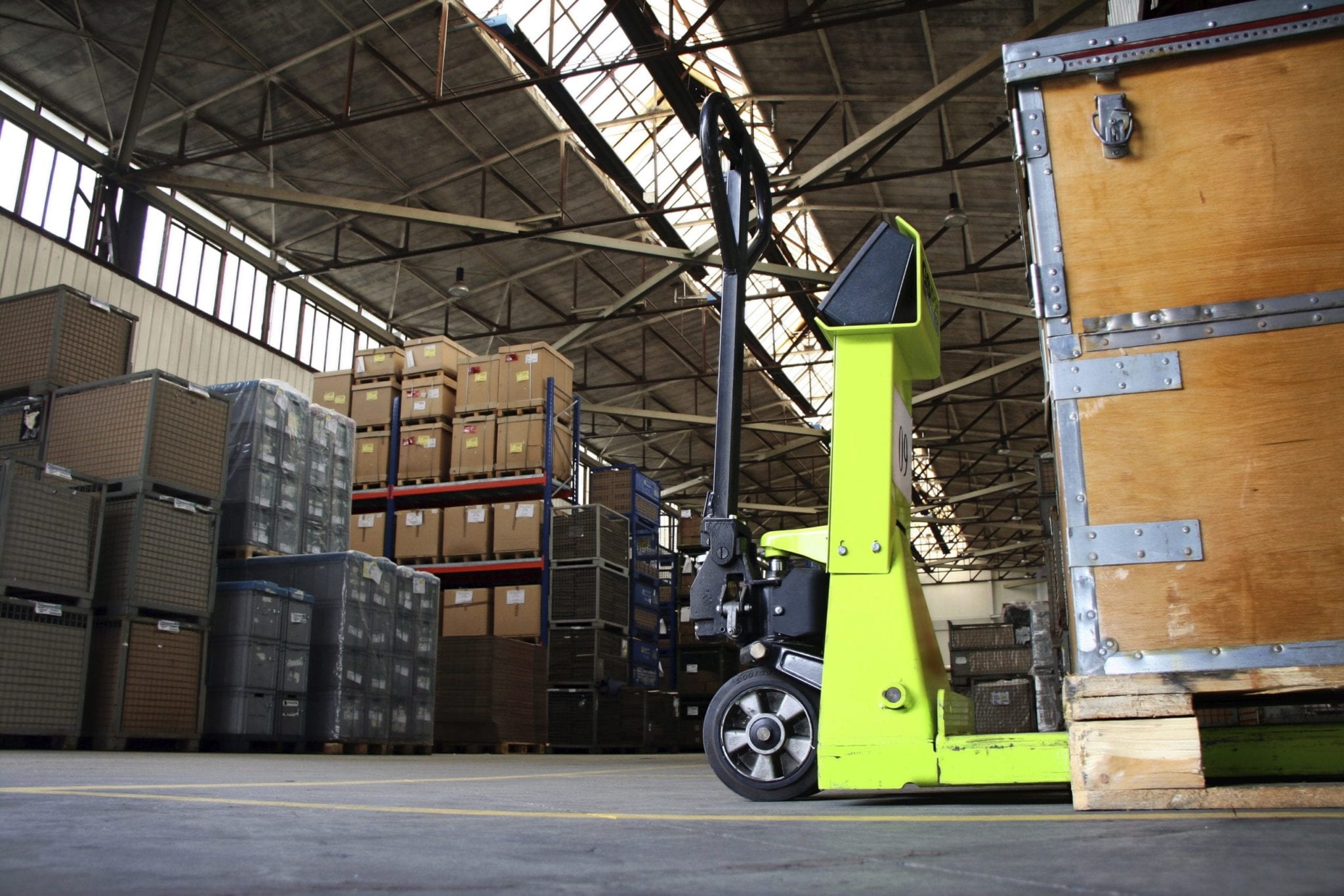There are several reasons why a manufacturing business may need to be valued, such as divorce, estate or gift taxation disputes, or a shareholder dispute. One of the most common reasons is the sale or purchase of a business. In order to obtain the most accurate business valuation, a business owner should keep the following in mind:
- All income producing assets from manufacturing activities should be identified and included when valuing the business. Manufacturing businesses usually own a large amount of property, plant, and equipment which accounts for a majority of the company’s assets. In addition, all patents and technologies that are licensed and generate additional revenue streams should be considered as they could increase or enhance the value of a business. Another item to consider is plant capacity. A manufacturing business may not currently be operating at full capacity, and if it were, could have additional cash flow which may substantially increase the value of the business.
- The valuation needs to be based on realistic cash flow projections and a thorough business risk assessment. For a manufacturing business, cash flow projections and business risk assessment can be difficult to gauge. Many manufacturing firms develop new products and processes which may require a large investment. Without constant innovation, these products and processes may become obsolete and negatively impact future cash flows. Additionally, future cash flows can be affected by the accuracy of sales forecasts. It is necessary to review a manufacturing company’s approach to advertising and past market acceptance of their products in order to gain a better idea of expected future sales.
There are three commonly accepted business valuation approaches to consider when valuing a company.
- Asset-based approach: This approach is based on the value of the company’s net assets, including all tangible and intangible assets such as goodwill, trade names, and patents.
- Income-based approach: This approach is based on the company’s expected future cash flows. It requires the utilization of either a capitalization rate or a discount rate, which is the rate of return an investor would require to compensate for the risk associated with an investment in the company.
- Market-based approach: This approach relies upon market multiples derived by comparing the business to similar businesses that has already been sold.
Determining the most appropriate valuation approach depends on a number of factors, including the size of a business, the industry in which the business operates, and the outlook of the business being valued. Sometimes, it is best to utilize more than one valuation approach in order to obtain multiple indications of value. However, when a business is truly “asset-intensive”, such as many manufacturing companies, the most appropriate valuation approach may be the asset approach.
If you would like to discuss your valuation questions or explore your options for valuing your business please contact an Anders advisor or learn more about our valuation services.





